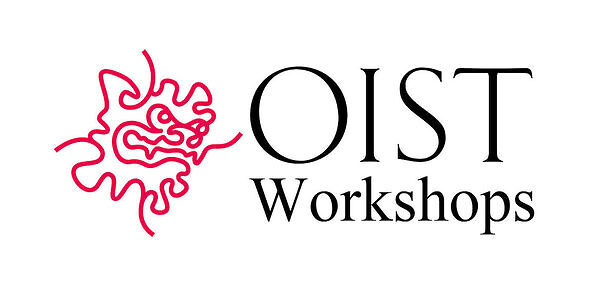Connecting Kinematic and Curved Origami with Classical and Deployable Mechanisms

Date
Location
Description
Deployable structures are exemplified by everyday items like foldable chairs, lifesaving arterial stents, solar panels for powering spacecrafts, and cargo-sorting DNA robots. The underlying theory and design of these objects is a very active field of research that builds on findings for classical mechanisms. Origami, the art of paper folding, has at least two subcategories which are closely related to deployable and classical mechanisms. One subcategory is kinematic origami, which involves the creation of folded paper structures that possess internal degrees of freedom that allow for changes in shape. Although the many commonalities between these creations and deployable mechanisms are obvious, members of the mechanics community have only recently realized the huge potential for applying kinematic origami to innovative packaging, robotics, mobile architecture, nanotechnology, and medical devices. The other subcategory is curved origami, which involves the creation of rigid structures by folding paper along curved creases. In this case, there are close links to the theories of nonlinearly elasticity of plates and shells, again with numerous applications, interior design, portable architecture, lighting, and stowage included. To understand and advance these modern research disciplines, it is crucial to forge connections with the classical field of mechanics, leading to new discoveries and applications.
Organizers
- Eliot Fried, OIST: Co-organizer
- Johannes Schönke, OIST: Co-organizer
- Gianni Royer-Carfagni, University of Parma: Co-organizer
For all further information please check out the workshop's website.
OIST is deeply committed to the advancement of women in science, in Japan and worldwide. Women are strongly encouraged to apply.
Website URL
Application Deadline
Subscribe to the OIST Calendar: Right-click to download, then open in your calendar application.



